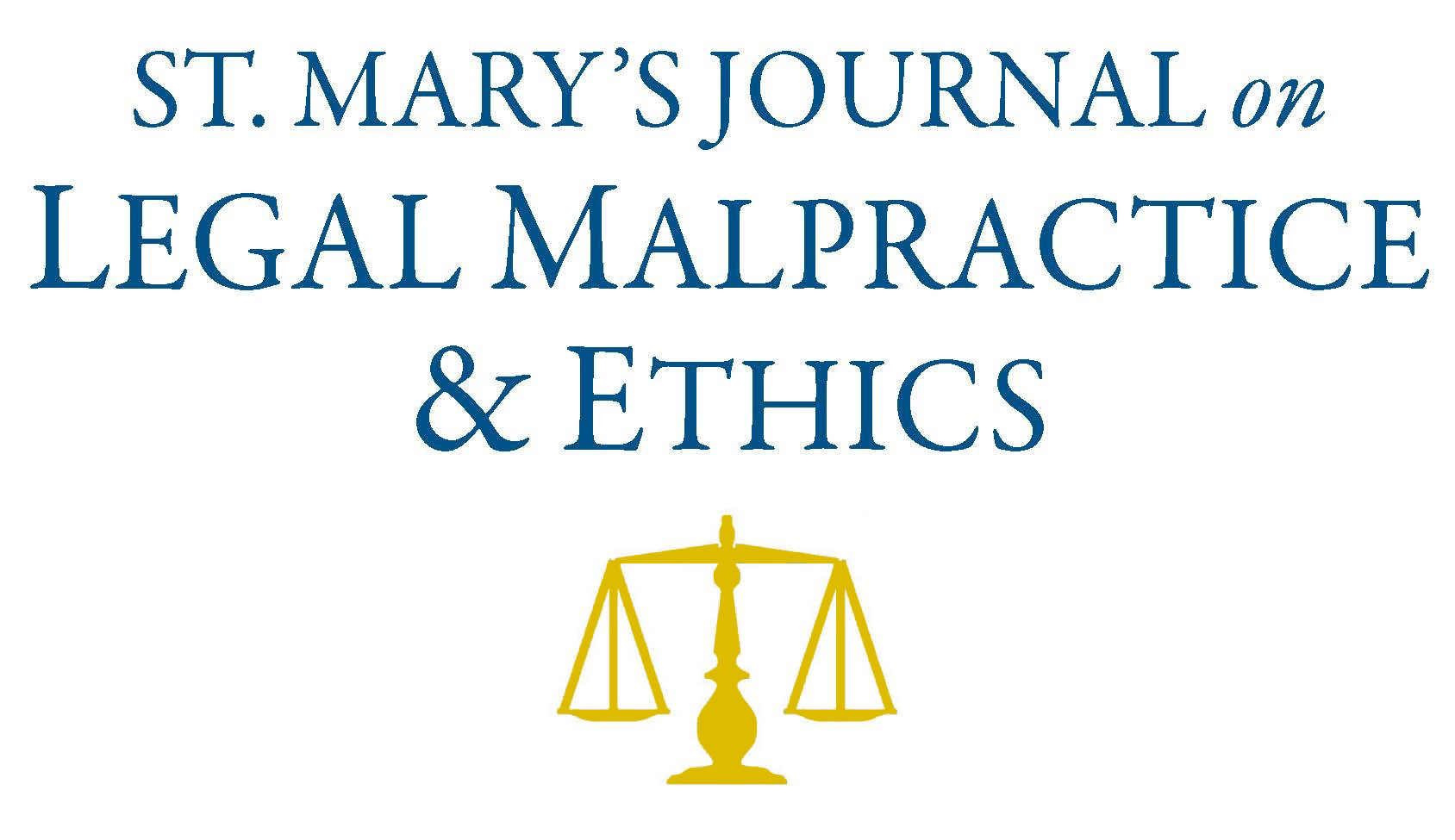
First Page
260
Date Created
8-2019
Publisher
St. Mary's University School of Law
Editor
Katherine Zampas
Last Page
296
Abstract
The author’s chapters in the 2018 professional responsibility hornbook, Legal Ethics, Professional Responsibility, and the Legal Profession, discuss the new data available to help law faculties and students understand the competencies that clients and legal employers want. The foundation for many of these competencies—like ownership over continuous professional development and the relational competencies with clients and teams—is the student’s professional identity or moral core. But students need help to understand these connections.
We have seen some very useful new data over the last few months that will help build bridges among the three major stakeholders in legal education: the students, the faculty and staff, and the legal employers and clients. The Association of American Law Schools released its survey, Before the J.D., on September 1, 2018. This is a survey of 24,000 potential applicants to law school analyzing why they made their decision to attend law school and why they selected a particular law school. This survey also includes data on 2,700 1L students at the end of the 1L year regarding their post-graduation goals.
With respect to the competencies that clients want, Educating Tomorrow’s Lawyers out of the University of Denver will be publishing their data on a large study they are doing with the AVVO lawyer rating service on what are the competencies that individual clients want sometime in July 2019. At the end of June, all 203 law schools are supposed to have posted the faculty’s learning outcomes on the school’s website. In July, the Holloran Center, that the author directs, will publish its analysis of all these learning outcomes.
Then, interested organizations can collectively compare the most recent data on what competencies the legal employers and clients want with what competencies the faculties have included in their learning outcomes. We can analyze how this intersection of the faculties’ learning outcomes and the competencies that legal employers and clients want should inform the students so they can reach their goals. The author’s mission is to help students understand how to build a bridge from the learning outcomes they are experiencing in law school to the competencies that the legal employers and clients want. The author hopes to foster movement toward the second improved model.
Recommended Citation
Neil W. Hamilton,
Connecting Prospective Law Students' Goals to the Competencies that Clients and Legal Employers Need to Achieve More Competent Graduates and Stronger Applicant Pools and Employment Outcomes,
9
St. Mary's J. on Legal Malpractice & Ethics
260
(2019).
Available at:
https://commons.stmarytx.edu/lmej/vol9/iss2/3
Included in
Higher Education Commons, Legal Education Commons, Legal Profession Commons, Legal Remedies Commons, Legal Writing and Research Commons

